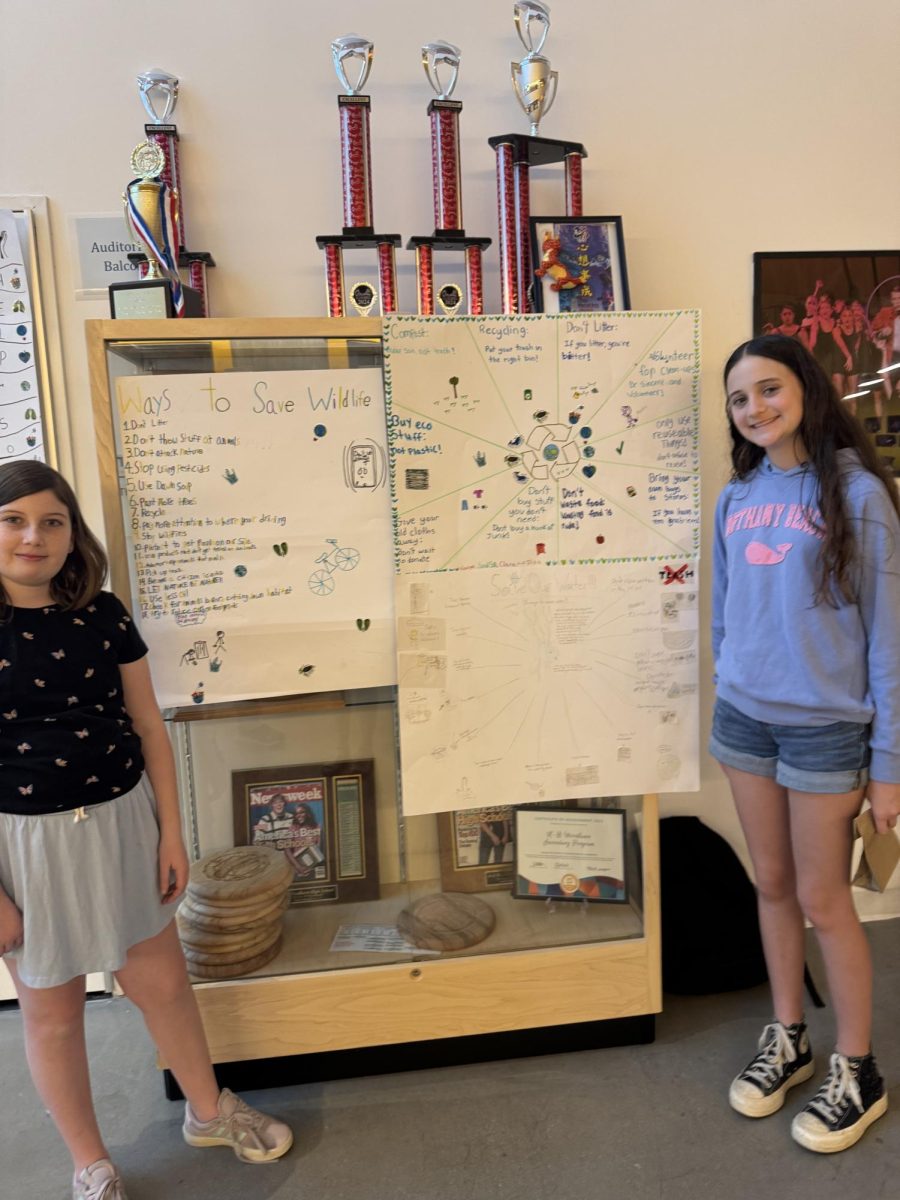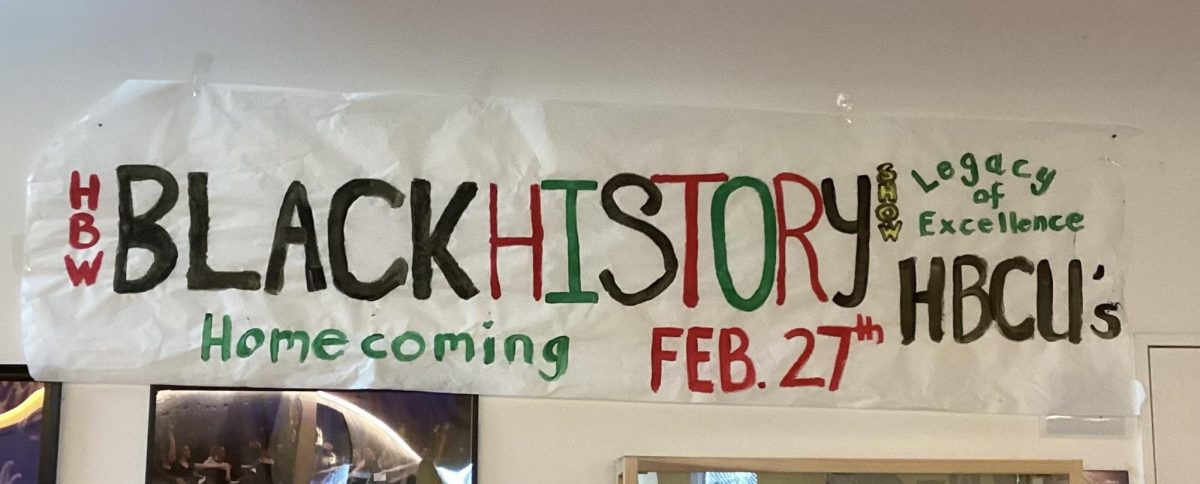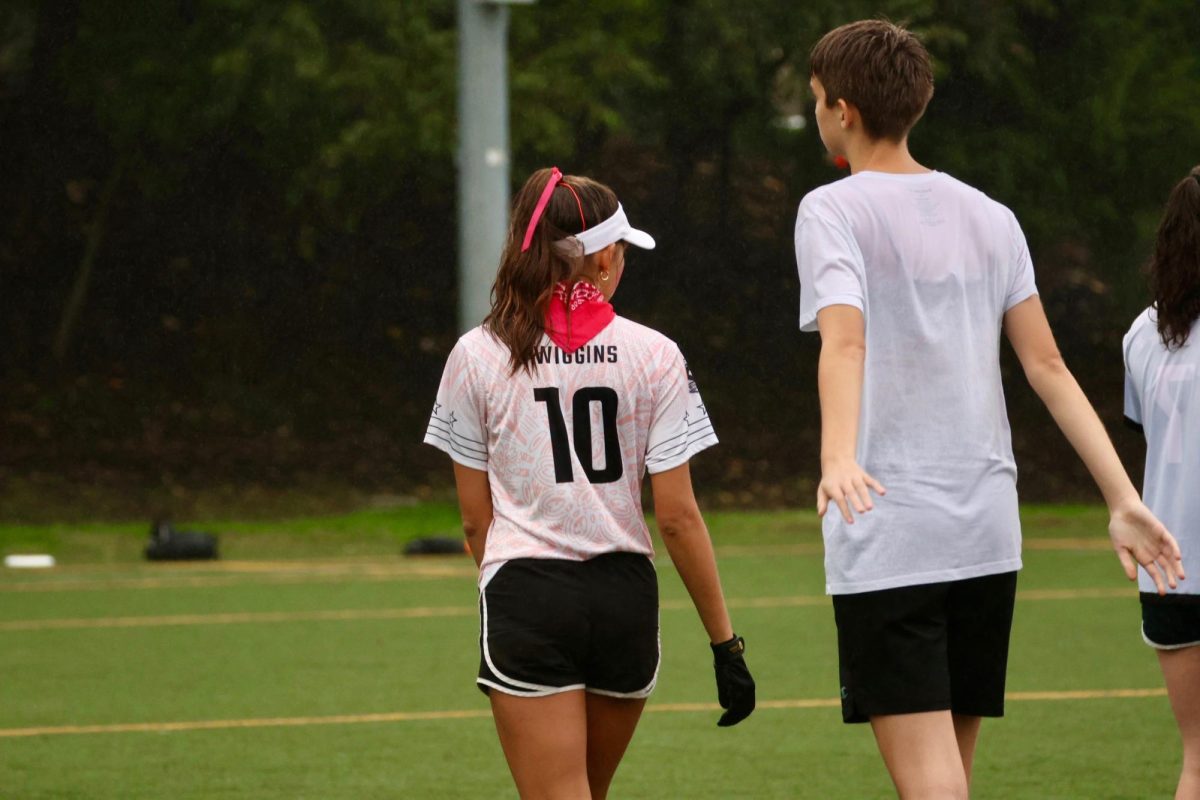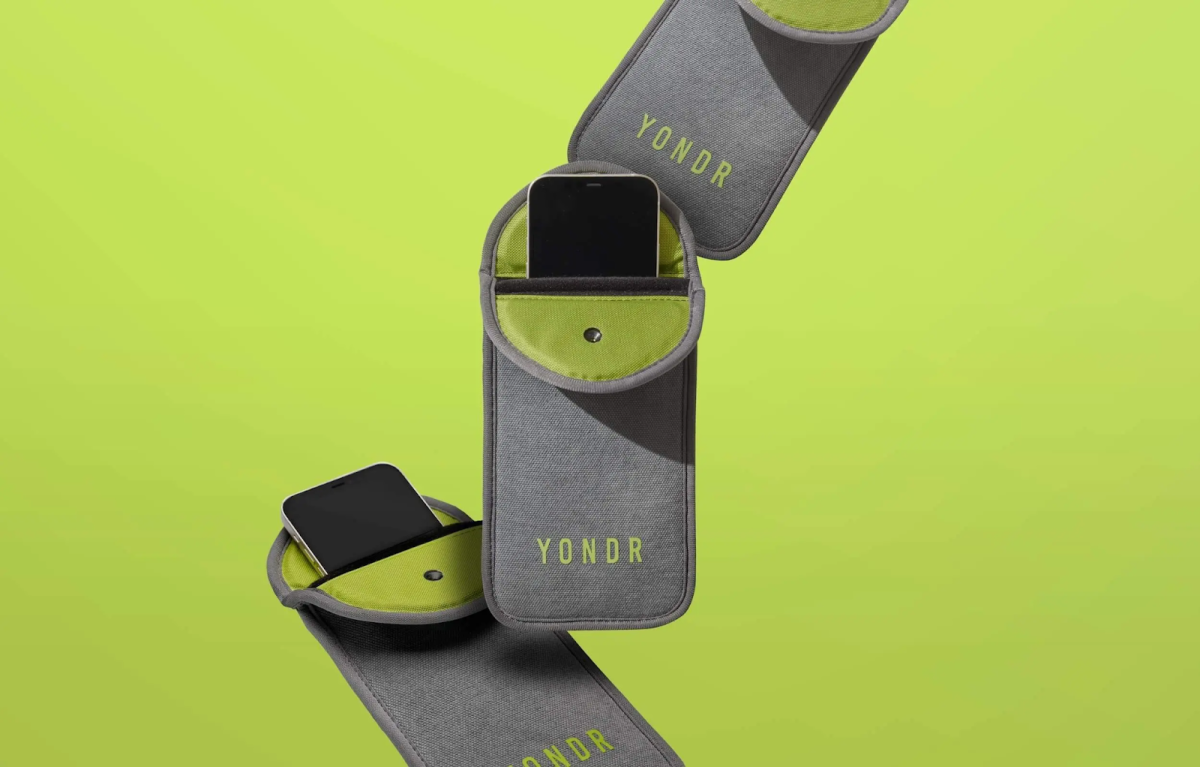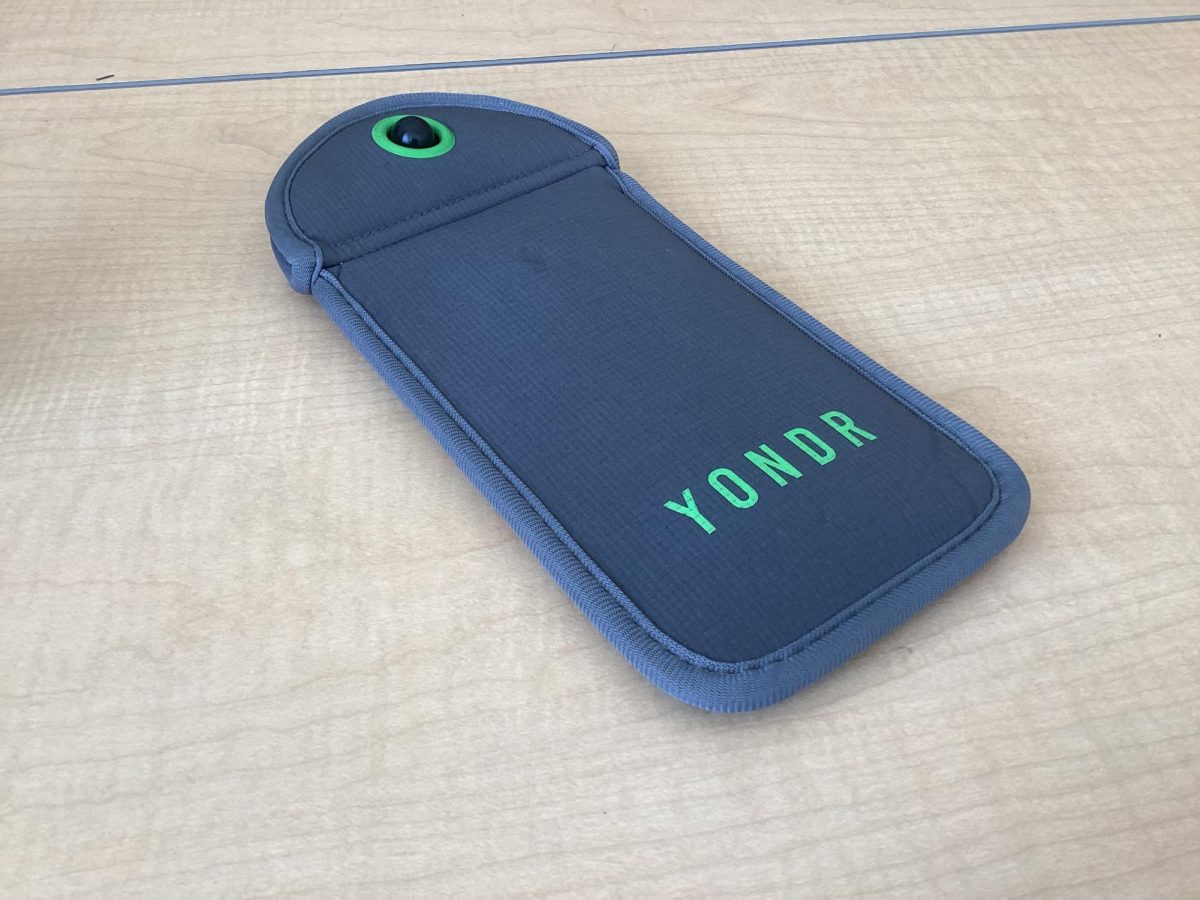Back in the fall, the APS Central Office chose H-B’s middle school to be part of a pilot program for the Yondr pouches, where students would lock their phones away for the day and only take them out off campus. However, since the program started students have found ways to get around using the pouches. How has the effectiveness of the pouches changed and have they helped the phone addiction that so many students have?
I asked Eleanor Reed, the World Geography teacher, how the phone ban has changed in-class screen time relative to last year.
“It is 1000 times better in my middle school classes,” Eleanor said. “I used to have to police [phone use] during class. I don’t have to do it any more, it’s like a miracle.” She then added that in the one high school class she teaches, screen usage is much higher. Eleanor then added that she thought that the Yondr pouches were a good enforcement tool.
When asked how she thinks the Yondr pouches changed how students think about the phone policy, Eleanor mentioned: “My assumption is that they don’t like the ‘away all day’ policy,” but the phone pouches allow teachers to “enforce that policy in a non confrontational way.” While she admitted that “students don’t like the Yondr pouches…to me, they work.”
When asked if she wished to change the policy for next year, Eleanor stated that she thinks that without the pouches the phone policy would be unsuccessful. She also added that when APS phone policy went into effect in January, it was harder to enforce with her high school class. With the middle schoolers, however, she realized the pouches worked because she wouldn’t have to tell the kids in the hallway to put their phones away, since they realized that there were going to be consequences.
Finally, I asked her if she thought the Yondr pouches were a good idea and if they should be implemented through the whole school.
“Yes, yes, and yes. At some point in the fall during TA, every single person in TA was playing games and talking to each other, not one person was on their phone. It’s not just about the class, it’s about socializing. The kids figured out how to survive without it.”
Then asked an 8th grader, Evelyn Bold, what she thought about the pouches. She believes that “Yondr pouches are not effective, because people just don’t pouch their phones.”
I then asked if she thought the Yondr pouches worked in reducing phone time during the day. She responded: “Not really, all it does is make kids more sneaky.” This is something Eleanor also pointed out when I talked to her.
When they talked to me, Eleanor and Evelyn both acknowledged that the majority of kids do not pouch their phones. However, as Eleanor pointed out, they don’t have their phones out and if they get caught, then they know and understand the consequences.
One of the main issues with the pouch policy are fake pouches. Rather than having the magnetic lock, they have velcro and can be opened at will. Despite the fact the fake pouches are meant for kids who have accommodations in their Section 504 plans or Individual Education Programs (IEPs) for a range of conditions, as someone who uses hearing aids and has the accommodation for phone usage to monitor settings on the hearing aids via bluetooth, the fake pouch blocks bluetooth which is not ideal. It becomes a big production rather than simply grabbing my phone from a bag. For students with accommodations, the fake pouches are unnecessary and create extra steps that could be avoided without the fake pouch.
In my opinion, the pouches work for reducing phone time in class and in school generally. They definitely contribute to solving the phone problem, even if the student population is up in arms about them. I believe that the pouches work, while the fake pouches do not.






